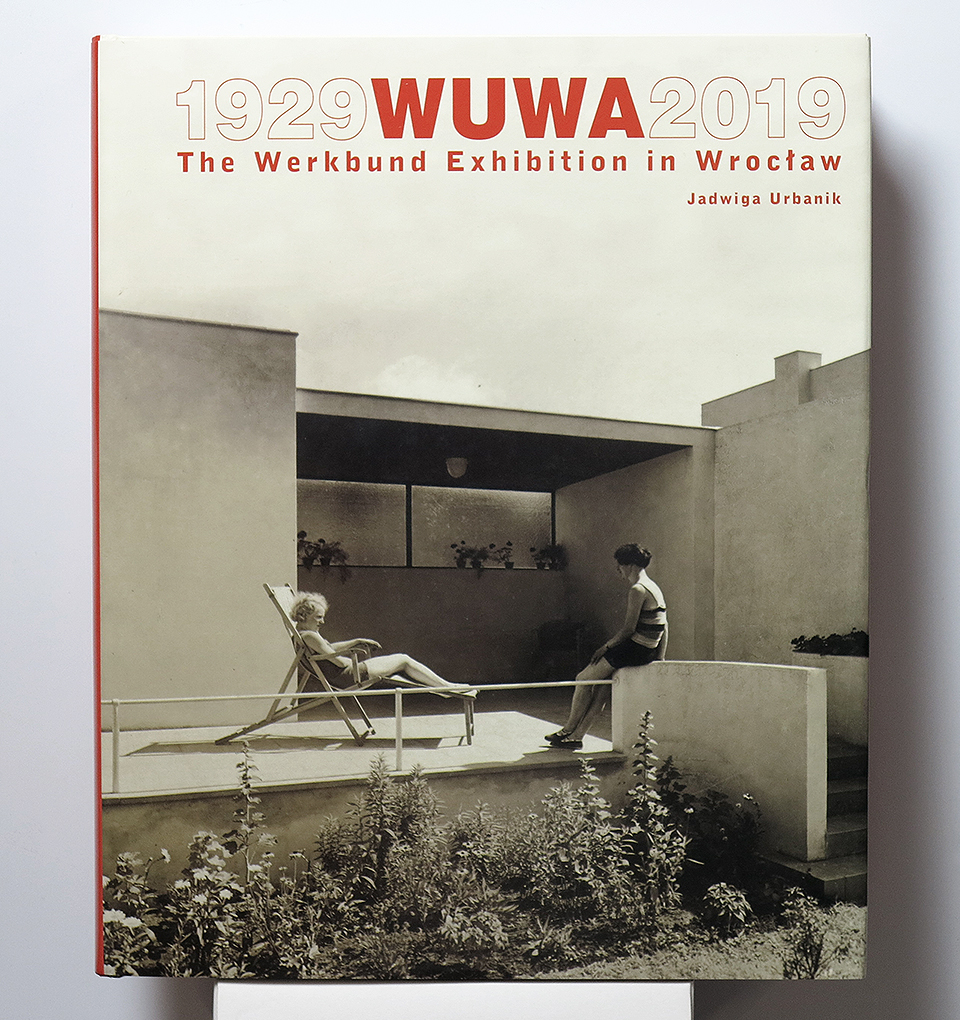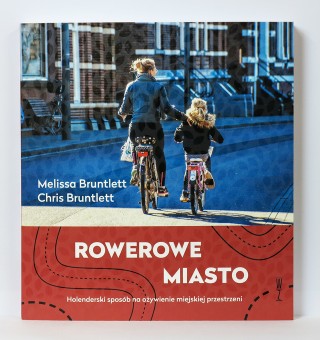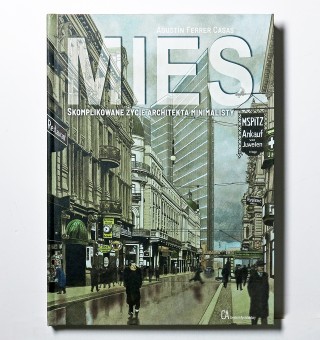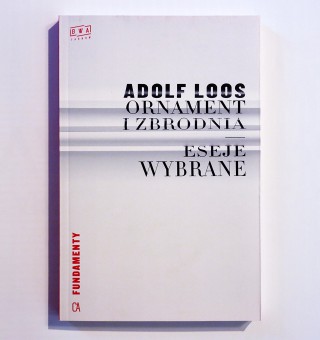Jadwiga Urbanik, ‘WUWA 1929–2019. The Werkbund Exhibition in Wrocław’, Museum of Architecture in Wrocław, Wrocław 2019, hardcover, wrappers.

A monographic, complete study of the subject, based on original archival materials stored in the Museum of Architecture in Wrocław. The author reveals the complex nature of the experimental WUWA housing estate and defines the role that Wrocław played thanks to it in the architectural movement “Neues Bauen”, and marks its appropriate place in the history of 20th century architecture. The book received the most prestigious award in Polish museology, the Sybil 2009.
In the area between today’s Zygmunt Wróblewskiego, Tramway, Edward Dembowskiego, Zielonego Dębu and Mikołaja Kopernika Streets, an experimental housing estate was built in 1929 on the initiative of the Werkbund and in cooperation with the municipal building authorities, financed by the Wrocław Housing Development Association. Eleven architects were invited to realise it, giving them full creative freedom. They were: Paul Heim, Albert Kempter, Theodor Effenberger, Ludwig Moshamer, Heinrich Lauterbach, Paul Häusler, Moritz Hadda, Emil Lange, Gustav Wolf, Hans Scharoun and Adolf Rading. The authors of the urban planning concept for the estate were Heinrich Lauterbach and Adolf Rading. Representatives of the housewives’ association from Breslau took part in preparing the building plans and furnishing the interiors.
The aim of building the estate was to introduce new types of low-cost small and medium-sized housing, which were of such great social importance at the time, as well as innovative building technologies and materials to be tested in the difficult Silesian climate. Paul Häusler, one of the founders of the housing estate wrote: *What should one strive for? To sunshine, air and space inside and outside the dwelling (…). *
The construction of the estate lasted only three months. Presented are multi-family rental houses of various types (staircase, gallery, high-rise, with two-storey flats) and single-family terraced houses, as well as one- and two-family detached houses of a higher standard than the rental houses (with an area of more than 150 square metres), with a striking architectural form integrated with the surrounding greenery, houses linked to the idea of ‘Neuer Mensch’, the need for light, air and sun. In addition, various functional solutions for the layout of the houses are presented. The completed houses with furnished interiors were open to the public for three and a half months, after which they were rented by the Wrocław Housing Association for two years in order to try out the principles of the new architecture in practice. After the exhibition closed, an art district developed here. The houses, hailed as “ultra-modern” by conservative circles, were mainly occupied by employees of Wrocław’s Academy of Art, architects, singers and writers.
The second edition has been expanded to include an extensive appendix with the latest information on the revalorisation process to which the public spaces and buildings comprising the entire WuWa estate have been subjected.


















































































































































































































































































































































